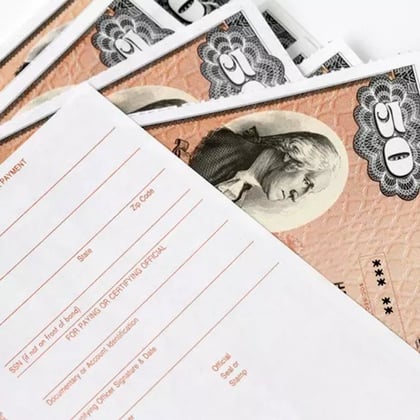What You Need to Know
- The interest rate for I bonds is expected to drop May 1.
- Investors don’t have as much incentive to buy I bonds as they did last fall.
- CDs and other securities offer rates that might make it less tempting to rush into an I bond purchase.
The yield for inflation-linked Series I savings bonds is expected to drop from the current 6.89% to 3.8% when the U.S. Treasury Department resets rates on May 1, giving investors roughly two weeks to lock in the higher return for the next six months.
While some could go that route, investors don’t have as much incentive as they did last fall.
Back then, those seeking to capture a 9.62% rate before a Nov. 1 adjustment crashed the TreasuryDirect.gov website, which sells I bonds. Investors scooped up nearly $1 billion in I bonds on the last day in October when they could secure that rate.
Six months later, certificates of deposit and other securities offer rates that might make it less pressing to rush into an I bond purchase before the reset, financial advisors say.
“For those that have not purchased I bonds yet, I am suggesting they roll short-term CDs [into their portfolios] in place of I bonds. The rates are near 5% on CDs with maturities between three and 12 months, and they can decide … what to do next at maturity,” Erik Nero, founder and president of First Step Wealth Planning, told ThinkAdvisor via email.
“Keeping the maturity short provides the option to reinvest, or make another choice altogether,” Nero said.
Since an I bond must be held at least one year and the holder loses the last three months’ interest if it’s redeemed before five years, “I believe the short-term CDs are best for now,” he explained.
“Short-term interest rates exceeding long term rates will not persist forever, so when there is more incentive to buy longer-term fixed income, we can determine what needs to be placed into longer maturities,” Nero noted.
Comparable Bank Rates
Eric Maldonado, who owns and leads Aquila Wealth Advisors, offered a similar view. “Money market and high yield bank savings rates are now comparable to I bond rates without the holding period restrictions,” he said via email. “You have more freedom and options.”
The Treasury Department resets the rate every six months based on government inflation data, and buyers lock in the current rate for six months from the purchase date. I bonds earn interest for 30 years or until redeemed.
Individuals are limited to buying a maximum $10,000 in electronic I bonds per calendar year through TreasuryDirect and $5,000 in paper bonds annually through income tax refunds. The bonds must be held for a year, and owners forfeit the last three months’ interest if they cash them out before five years.
Treasury Plans
Based on the most recent data indicating cooling inflation, the Treasury Department is expected to adjust the I bond rate on May 1 to 3.8%, assuming the department keeps the 0.40% fixed-rate component it used in the calculation six months ago.
The rate could be higher or lower if the department raises or lowers the fixed-rate element, which lasts for as long as the purchaser holds the bond, as Bloomberg noted in a recent report.








 April 13, 2023 at 01:37 PM
April 13, 2023 at 01:37 PM












 Copyright © 2024 ALM Global, LLC. All Rights Reserved.
Copyright © 2024 ALM Global, LLC. All Rights Reserved.